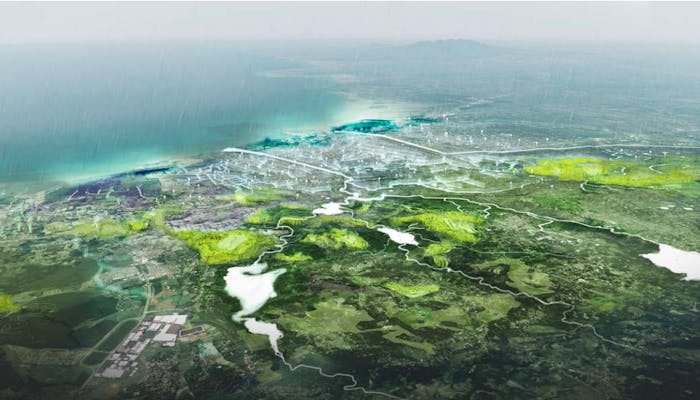Meet the Cascading Semarang Team
The Cascading Semarang team features experts from the Netherlands and Indonesia with considerable experience in Semarang. The team partners have collaborated on previous projects both as companies and individuals. The team as a whole is divided into several tracks:
The Urban Track features MLA+ and FABRICations as the core team, supported by Liveable Cities and local universities (UNDIP, UNISSULA) who are working on community development initiatives.
The Water Track is led by Deltares with support from Witteveen+Bos and the universities UNDIP and UNISSULA.
The Business Case Development Track is also led by Deltares. Their international expert in financial and economic analyses and innovative financing structures is the primary leader with support from Witteveen+Bos.
The Communication, Stakeholder and Community Involvement Track is led by Roy Kraft van Ernmel in collaboration with UNDIP and supported by all partners.
The knowledge exchange and capacity building aspects of the projects are led by students and experts from universities in the Netherlands (TU Delft, Academy of Architecture Amsterdam and Radboud University) and Indonesia (UNDIP and UNISSULA among others).
Created in partnership with: Deltares, FABRICations, PT Witteveen+Bos Indonesia, UNDIP, UNISSULA, IDN Liveable Cities

 17 Partnerships for the Goals
17 Partnerships for the Goals
 06 Clean Water and Sanitation
06 Clean Water and Sanitation
 11 Sustainable Cities and Communities
11 Sustainable Cities and Communities
 14 Life Below Water
14 Life Below Water
 15 Life On Land
15 Life On Land